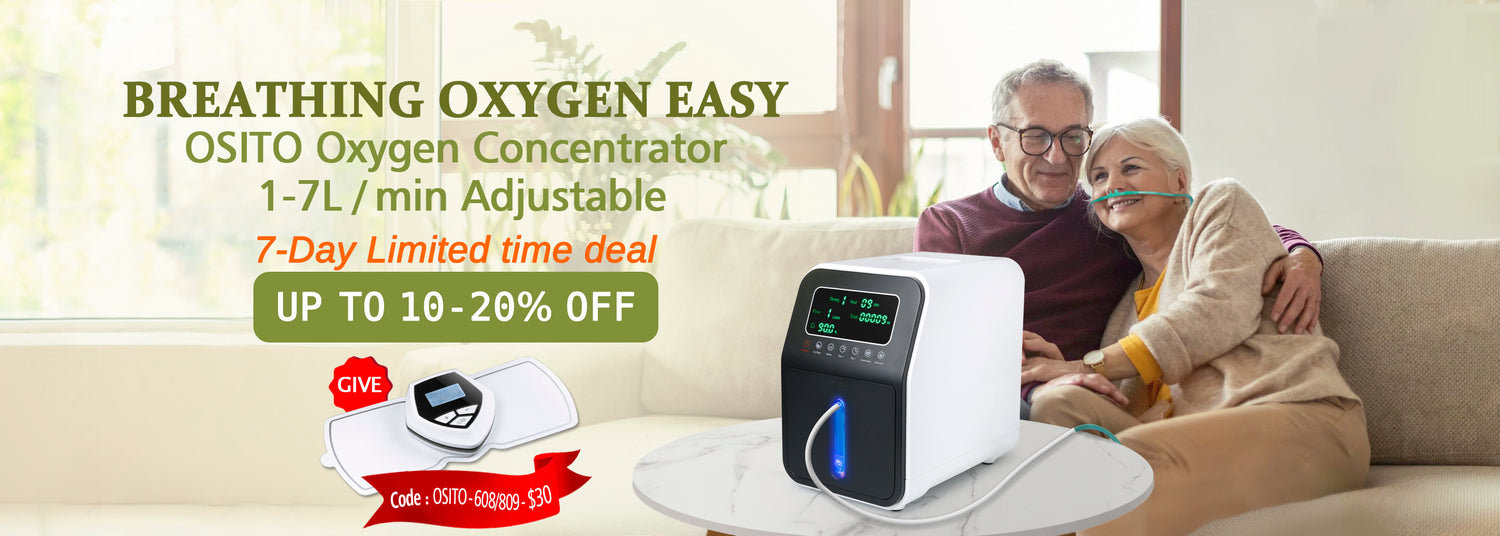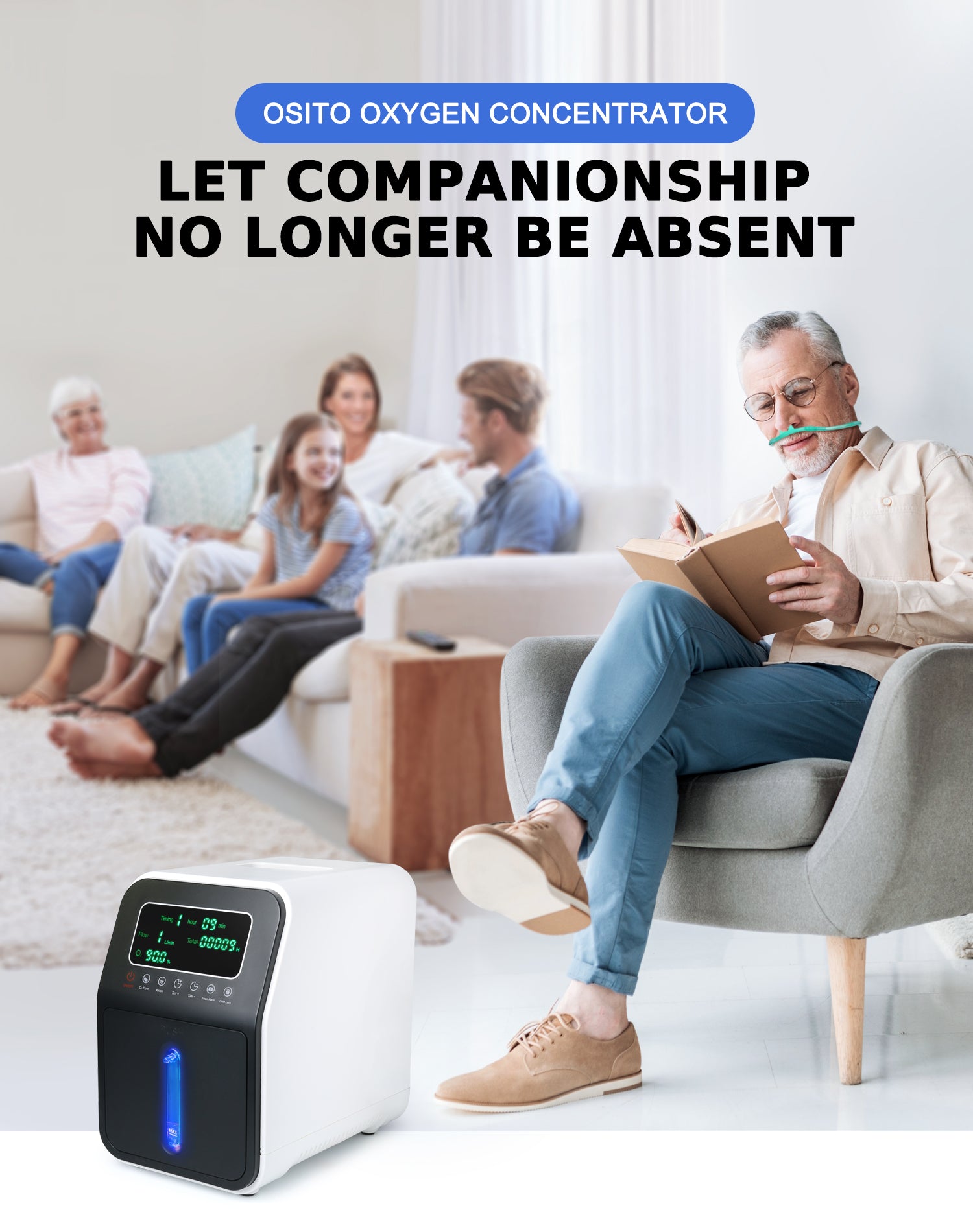As a medical professional, I often encounter patients who require supplemental oxygen therapy for various respiratory conditions. One of the most common devices prescribed for this purpose is the OSTIO Oxygen Concentrator. Today, I'll be sharing some essential tips on how to safely and effectively use this device to ensure optimal health outcomes.
Understanding the OSTIO Oxygen Concentrator
The OSTIO Oxygen Concentrator is a medical device designed to enrich the air by separating oxygen from nitrogen, providing patients with high-purity oxygen (typically above 90% concentration). It's portable, making it convenient for use at home, in offices, or even during travel. However, it's crucial to remember that this device should never be used as a life-sustaining machine and must always be prescribed and monitored by a healthcare professional.
Prescription and Consultation
Before using the OSTIO Oxygen Concentrator, it's essential to consult with your doctor. They will assess your condition and determine if supplemental oxygen is necessary. The dosage (the number of liters per minute, LPM) and duration of oxygen therapy will be prescribed based on your specific needs. Remember, never self-diagnose or adjust your oxygen settings without medical guidance.
Safe Usage Guidelines
-
Follow Instructions: Always read and follow the manufacturer's instructions carefully. Familiarize yourself with the different parts of the device, including the main unit, nasal cannula, power supply, and any accessories.
-
Proper Placement: Place the OSTIO Oxygen Concentrator in a well-ventilated area, away from direct sunlight, heat sources, and moisture. Ensure that there's enough space around the device for proper air circulation.
-
Regular Maintenance: Keep the device clean and dust-free. Follow the recommended maintenance schedule, including changing filters and cleaning the machine as per the manufacturer's guidelines.
-
Power Supply: Use the provided power cord and adapter. Avoid using extension cords or power strips that could compromise the device's performance or safety.
-
Monitor Oxygen Levels: If possible, use a pulse oximeter to monitor your oxygen saturation levels. This will help you and your healthcare provider adjust the oxygen flow rate as needed.
-
Emergency Preparedness: In case of a power outage, have a backup plan in place, such as a battery pack or a generator. Always keep a spare nasal cannula and filters on hand.
Common Misconceptions and Warnings
- Not a Cure: Remember, the OSTIO Oxygen Concentrator is not a cure for any underlying respiratory condition. It's a supportive therapy that helps alleviate symptoms.
- Dependency: Long-term use of supplemental oxygen can lead to a certain degree of dependency. However, this should not discourage its use if prescribed by a doctor.
- Fire Hazard: Avoid smoking or using flammable materials near the oxygen concentrator, as pure oxygen is highly flammable.
Conclusion
The OSTIO Oxygen Concentrator is a valuable tool for managing respiratory conditions that require supplemental oxygen therapy. By following the guidelines outlined in this blog, you can ensure safe and effective use of this device. Always consult with your healthcare provider for personalized advice and monitor your condition closely. Remember, proper usage and regular follow-ups with your doctor are key to maximizing the benefits of this therapy.




Leave a comment
This site is protected by hCaptcha and the hCaptcha Privacy Policy and Terms of Service apply.